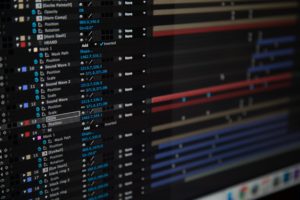
- Minimized downtime
- Improved security
- Reduced maintenance
- Increased productivity
1. Minimized Downtime
The downtime of IT systems has a great negative impact on organizations in both the short and long term, especially when it’s unexpected. Downtime immediately reduces revenue in virtually every case, and some businesses are unable to complete transactions at all without their IT systems. Employees are also unable to access customer data during system downtime, resulting in a loss of trust that often requires a prolonged period of time to rebuild. RMM services typically remain in operation as long as the system is running, which is 24/7 for many organizations today. These terminal services can often detect problems before they can adversely affect users, thus maintaining their normal desktop experience.
2. Improved Security
IT security is becoming an increasingly important priority, even for small businesses. Many government regulations specify the protections that businesses must provide for their customers’ data, especially in industries such as finance and healthcare. A server operating system (OS) like Windows Server 2016 mirrors and routes data to each virtual machine in its network by using network security groups and a distributed firewall, providing a highly secure workload. Windows Server 2016 includes Remote Desktop Services(RDS), which can use an Azure SQL Database as a Remote Desktop Connection Broker (RDCB). The Windows Server 2016 RDS also allows an administrator to assign users to personal session host servers.
3. Reduced Maintenance
RMM software can handle much of the routine maintenance that an IT system requires. Remote desktop web access allows RMM administrators to install and update software, which is one of the most common system maintenance tasks. This capability also lets administrators monitor a system’s overall health to prevent performance bottlenecks that can increase response times.
4. Increased Productivity
An RMM also improves productivity, which is especially important for growing businesses. This type of IT management solution often allows its customers to use a thin client by storing data and applications on a central server, typically a cloud platform. An RMM solution can also provide users with virtual desktops, which allows them to use multiple monitors. This capability is now a common requirement for many professions such as engineering and graphic design.
Summary
CSCi has been meeting the IT needs of small businesses in the San Diego area for over 30 years. We provide RMM services that monitor and protect our clients’ IT systems 24x7x365, providing them with the peace of mind they need. Contact us today to find out how we can help your business.


